Juan J. Rosso, Mariano González-Castro, Sergio Bogan, Yamila P. Cardoso, Ezequiel Mabragaña, Matías Delpiani and Juan M. Díaz de Astarloa
Integrative taxonomy reveals a new species of the Hoplias malabaricus species complex (Teleostei: Erythrinidae)
Ichthyological Exploration of Freshwaters
Received 29 December 2017
Revised 19 January 2018
Accepted 31 May 2018
Published 02 August 2018
ZooBank LSID: urn:lsid:zoobank.org:pub:D86F1F17-D310-4D18-A8BB-94C0FA70759E
German National Library URN: urn:nbn:de:101:1-2018080215293940512150
DOI: 10.23788/IEF-1076
Sie müssen angemeldet sein, um eine Bewertung abgeben zu können.
„*“ zeigt erforderliche Felder an
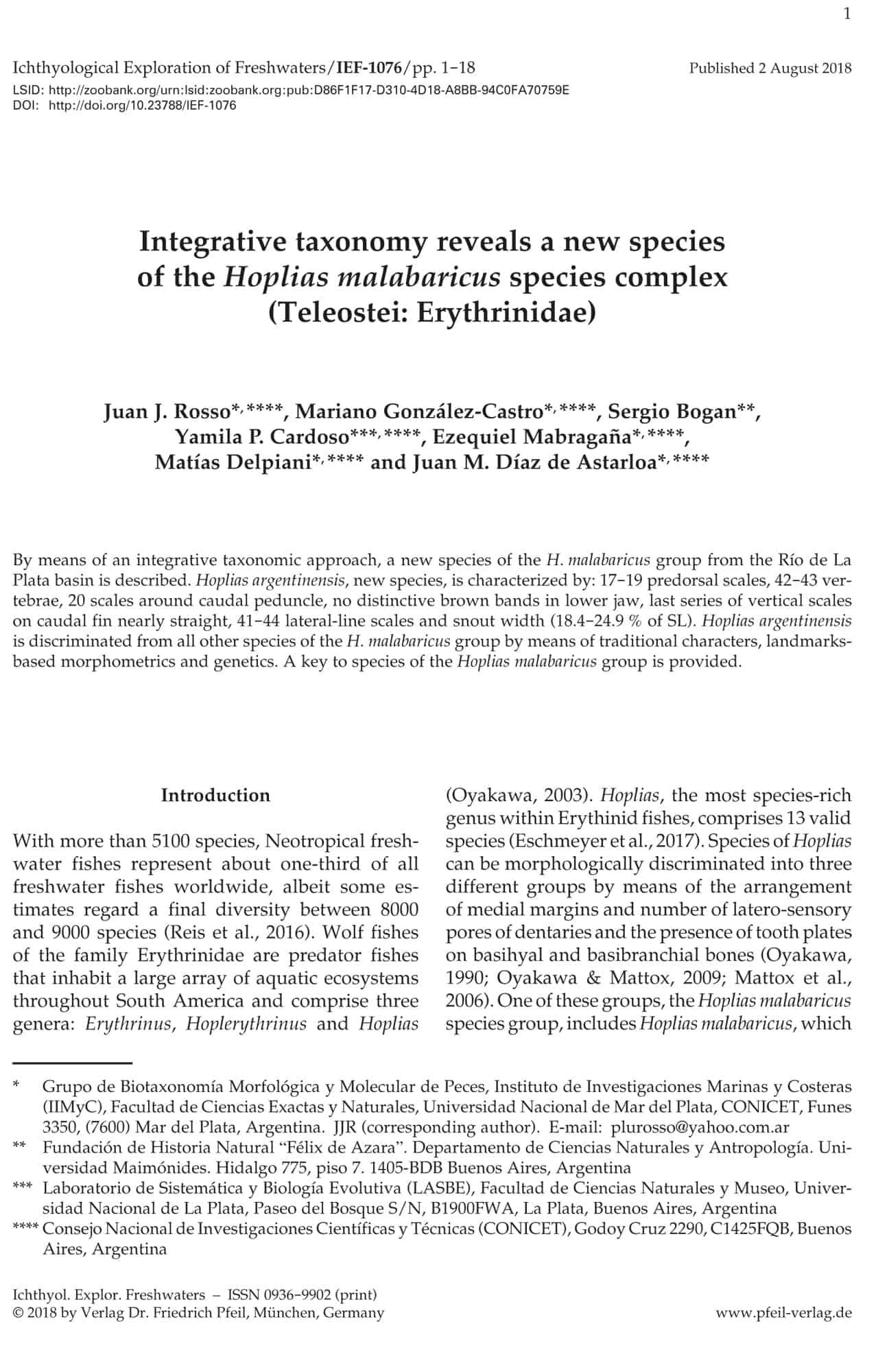
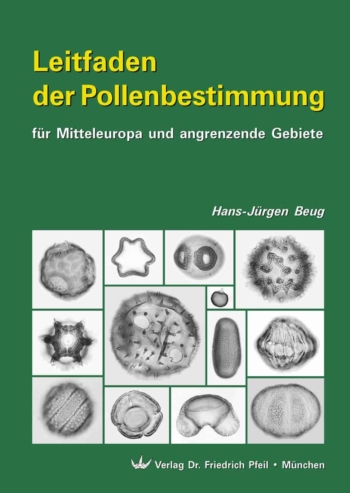
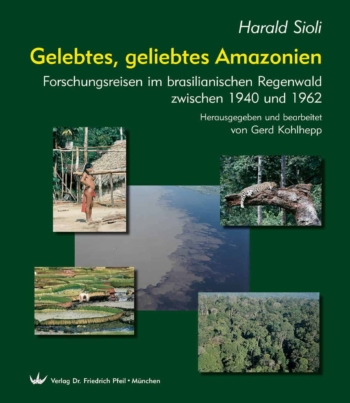

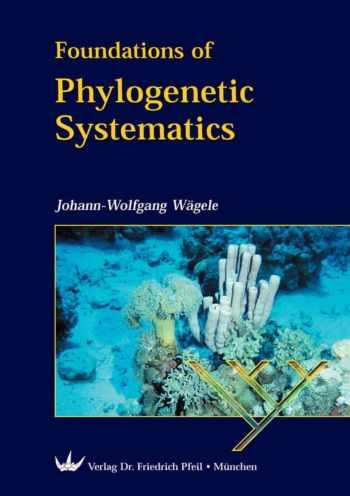
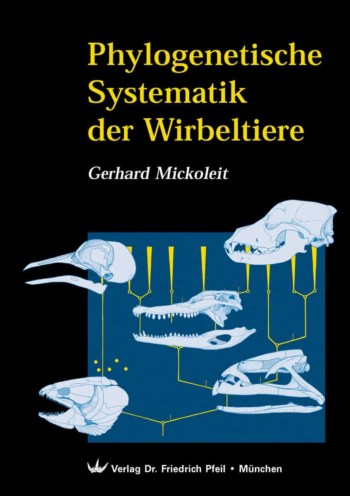
Bewertungen
Es gibt noch keine Bewertungen.